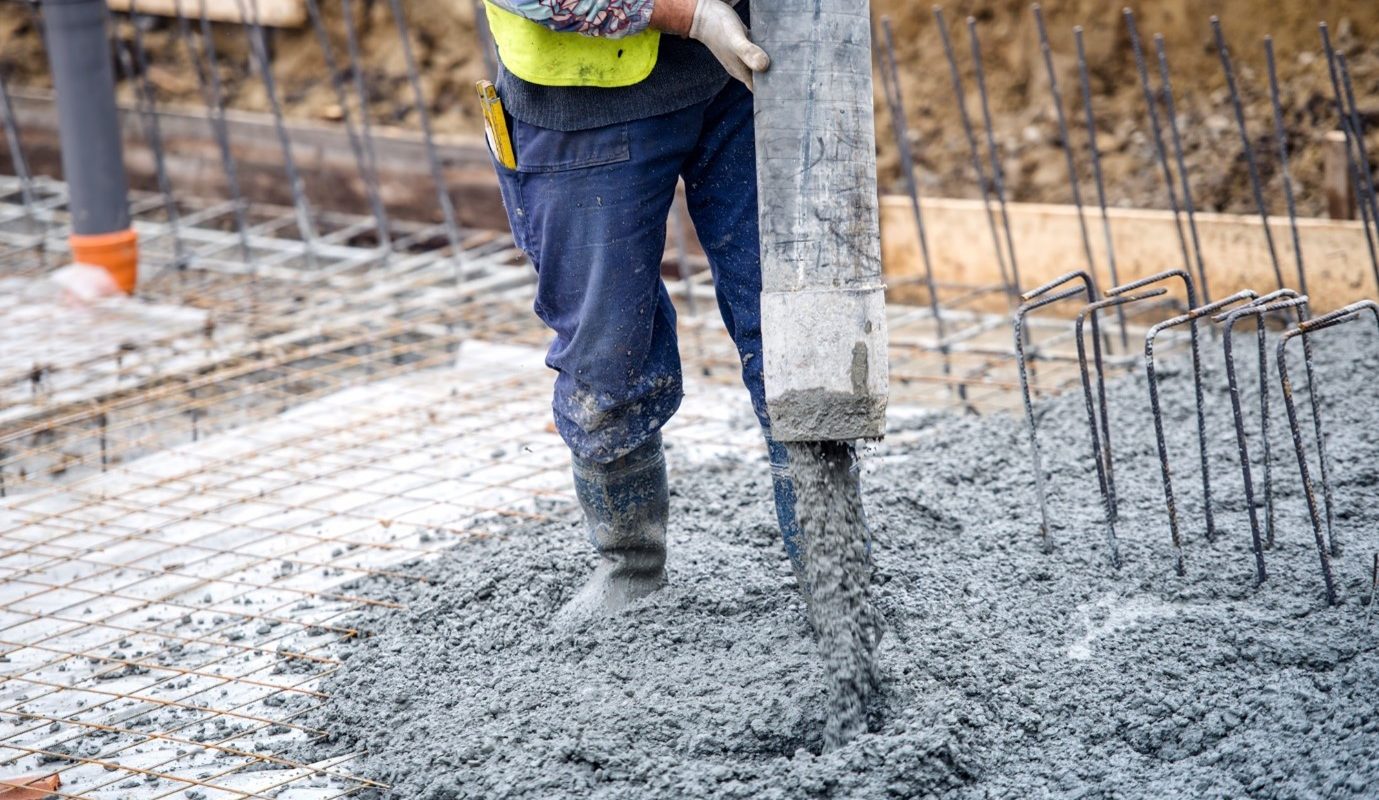Pouring concrete on your patio can be a terrific method to improve your outside space, but you must do it correctly. Even minor errors can result in major issues later on. To ensure that your project runs successfully, you should be aware of the common concrete pouring mistakes to avoid.
In this article, we’ll go through six of the most common mistakes and how to avoid them. Whether you’re a DIY enthusiast or hiring a professional, this guide will help you build a sturdy building that will last for years. Continue reading!
-
Not Preparing the Site Properly
Clear the area of any grass, rocks, or rubbish and make sure the ground is flat and compacted. Failure to do so can lead to uneven concrete that is both ugly and dangerous.
Hire concrete contractors who specialize in concrete for patios to avoid making this mistake. They have the tools and know-how to adequately prepare the site, guaranteeing that your patio is level and stable.
-
Underestimating the Amount of Concrete Needed
Another common blunder is underestimating the amount of concrete required to accomplish the project. This can require the ordering of additional concrete, which can be costly and time-consuming. It can also lead to uneven pours and an unsteady patio.
Measure the area of your patio and use a concrete calculator to establish the amount of concrete required. You can also talk to your contractors about how much concrete you’ll need based on the size and design of your patio.
-
Adding Too Much Water
Over-watering the concrete mix can result in weak and brittle concrete. Adding additional water, contrary to popular belief, does not make concrete easier to work with. Instead, it weakens the concrete’s structure, making it more susceptible to cracking and damage.
Strictly follow the manufacturer’s recommendations when mixing your concrete. Talk to contractors about getting the correct consistency for your concrete mix.
-
Not Using Reinforcement
Reinforcement for concrete is important, particularly for patios that will be subjected to heavy foot traffic and external conditions. Concrete without reinforcement may fracture and disintegrate over time, jeopardizing the structural integrity of your patio.
To avoid this error, employ reinforcement such as rebar or wire mesh. Your contractors can advise you on the best type and amount of reinforcement for your patio.
-
Improper Finishing
A smooth and appealing concrete surface necessitates proper finishing. However, improper finishing can result in unsightly cracks, bumps, and uneven surfaces. This might make cleaning and maintaining your patio more challenging over time.
Ensure that you have the proper tools and equipment for polishing your concrete surface. Contractors can also advise you on proper finishing techniques to ensure that your patio is smooth and attractive.
-
Not Allowing Enough Time for Curing
Curing is the process by which concrete hardens and becomes strong and durable. However, many people make the mistake of not allowing enough time for curing, which can result in weak and brittle concrete.
Allow plenty of time for curing, which can take anywhere from three to seven days depending on the type of concrete used. Concrete experts can also advise you on the correct curing process to guarantee that your patio is robust and long-lasting.
Avoiding Common Concrete Pouring Mistakes
Pouring concrete on your patio can be a complicated task. But with the correct preparation, tools, and procedures, you can build a strong and dependable structure that will last for years.
Avoid typical concrete pouring mistakes and enjoy a beautiful and practical patio for years to come. Visit our page today to learn more!

